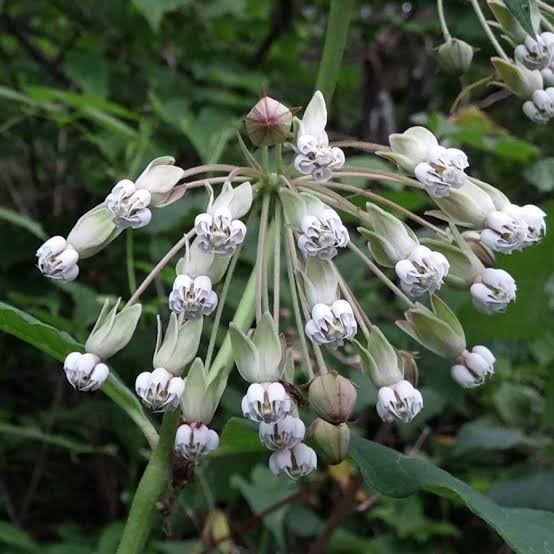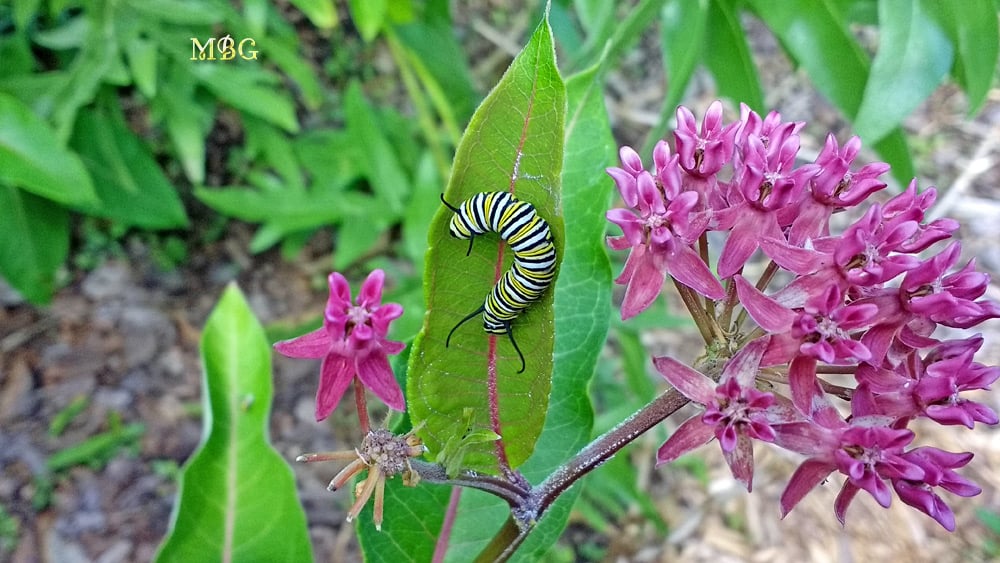
Photo Courtesy of Jonathan Schechter, Nature Education Writer for Oakland County
Hennepin County Master Gardener Plant Sale 2024
Date: Saturday, May 18, 2024
Time: 9:00 am to 2:00 pm
Location: Hopkins Pavilion 11000 Excelsior Boulevard
Monarchs need Asclepius Milkweed to survive… we can help!
This year’s Plant Sale will have over 1000 Asclepius Milkweed plants in 5 varieties. Asclepius Milkweed is the ONLY plant where Monarchs lay their eggs and the ONLY plant that supports caterpillars’ vital source of food and nutrients in their development into butterflies. Adult monarchs feed on the nectar of many flowers, but they lay their eggs ONLY on the Asclepius Milkweed.
The Monarch Butterflies
In North America, millions of monarch butterflies undertake the longest migration of any insect species known to science.
In 2023-2024’s, the Monarch migration to Mexico revealed a significant decline in their population citing drought, climate change, use of herbicides, and a reduction in their habitat.
In February, the Monarchs left the Sierra Madre mountains in Mexico and started their journey back to North America. They arrive in Minnesota in mid-May and will mate from mid-June to August, laying their eggs only on Asclepius Milkweed leaves.
Monarchs are resilient, but we need to do our part. Growing Milkweed could not be more important for the health and future of the Monarch Butterfly. We encourage you to plant milkweed and enjoy the ride!
We will have 5 excellent varieties of Asclepius Milkweed available at the Plant Sale.
Asclepias tuberosa, Butterfly Weed is a bushy perennial, prized for its brilliant clusters of bright orange flowers that bloom continuously through the summer. Its abundant foliage provides a dark green backdrop to its bright beautiful flowers. It thrives in full sun, and likes sandy soils, preferably dry. It grows in sturdy, upright clumps, up to 1ft. – 2ft tall. This tough plant, once established with its deep tap root, is drought tolerant. Butterfly Weed is a host plant and food source for the Monarch larvae (caterpillar). It is also a great nectar source for all butterflies, native bees, bumblebees, hummingbirds, and beneficial insects.
Annie’s Heirloom Seeds
Asclepius exaltata, Poke Milkweed is the most shade tolerant of Minnesota’s species and in the wild it often grows along woodland edges. It prefers partial shade and grows in rocky, sandy, and dryer soil. One of the first milkweeds to show itself in the spring and provide abundant large leaf foliage for caterpillars when most other milkweeds are just beginning to emerge. It is an early host plant and food source for the Monarch larvae (caterpillar). It reaches a mature height of 2ft. – 3ft. with flowers early to mid-summer. The flowers are unique white clusters that hang downward and are strikingly aromatic when in bloom.
Western Carolina Botanical Club
Asclepias purpurascens, Purple Milkweed is a natural beauty. The fragrant flowers form clusters of stunning deep, rosy, purple bloom that grow upright on sturdy stems, reaching a height of 2ft.- 3ft. The dark green oval thick leaves are big, 6-8 inches, and they taper to a point at both ends making it a perfect option and food source for the Monarch Butterfly larvae (caterpillar). They bloom between June to July with flowers lasting for about 4 weeks and occasionally re-bloom. Purple Milkweed performs well in partial shade to full sun and prefers moist well-drained soils, with ample moisture. Once established, its long taproot is quite resistant to drought.
Monarch Butterfly Garden
Asclepias incarnata, Swamp Milkweed is true to its name, loving moist wet soil, but will also tolerant average well-drained soils. While it thrives in full sun, it can manage some shade and is one of the largest milkweeds, growing to 4ft. – 5ft. tall, with a spread of 3ft. The sweet vanilla-scented flowers form clusters of stunning deep, rosy, purple blooms, giving a continuous show from June to late August. Its flowers are a great nectar source for bees, beneficial insects, hummingbirds, and butterflies and is a wonderful host plant and food source for the Monarch Butterfly larvae (caterpillar)
Photo Wikipedia
Asclepias speciosa, Showy Milkweed’s features a stout, upright stem with velvety, gray-green leaves. This gorgeous flower is a showy spherical bloom. Unlike other milkweed species where the flower clusters display in a more open habit, showy milkweed blooms in tight clusters of pinkish-white, star-shaped flowers. It reaches a height of 2ft.- 3ft and blooms June to August. Snowy Milkweed loves full sun and can manage a wide range of soils, dry to medium, but well-drained. Showy Milkweed’s fragrant flowers are a major source of nectar for butterflies, hummingbirds, bees, and other beneficial insects and is a host plant and food source for the Monarch Butterfly larvae (caterpillar).
Photo US Fish and Wildlife









